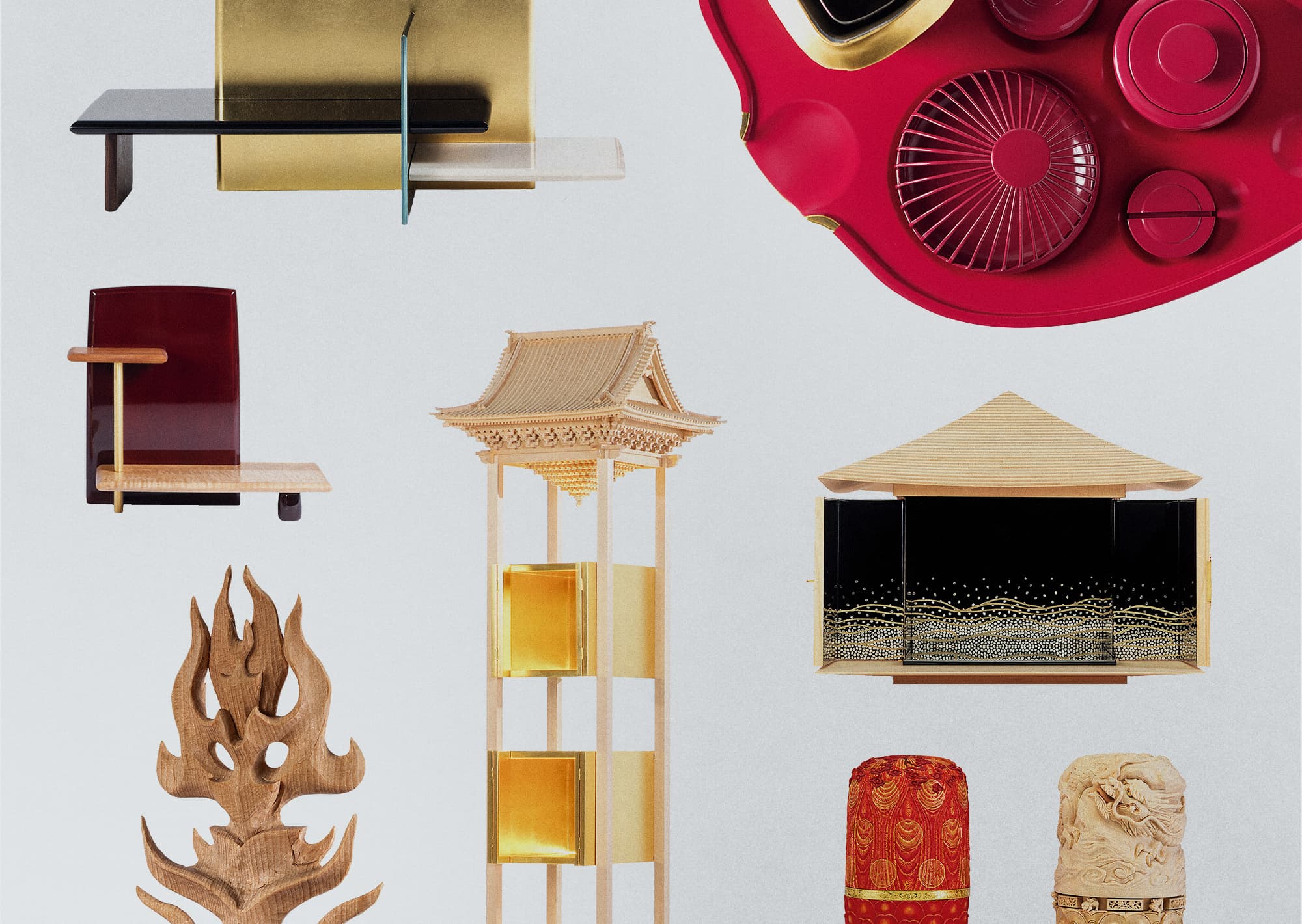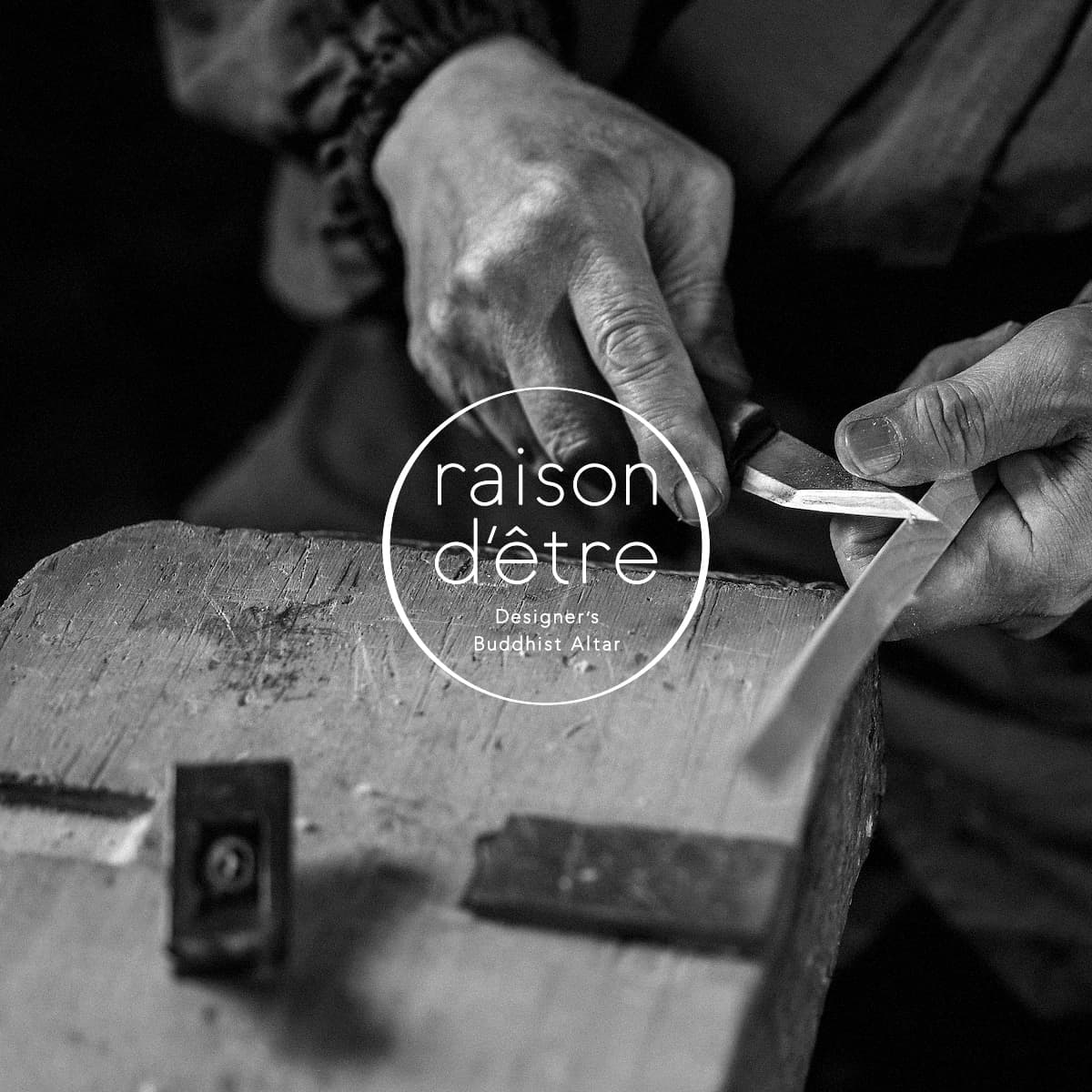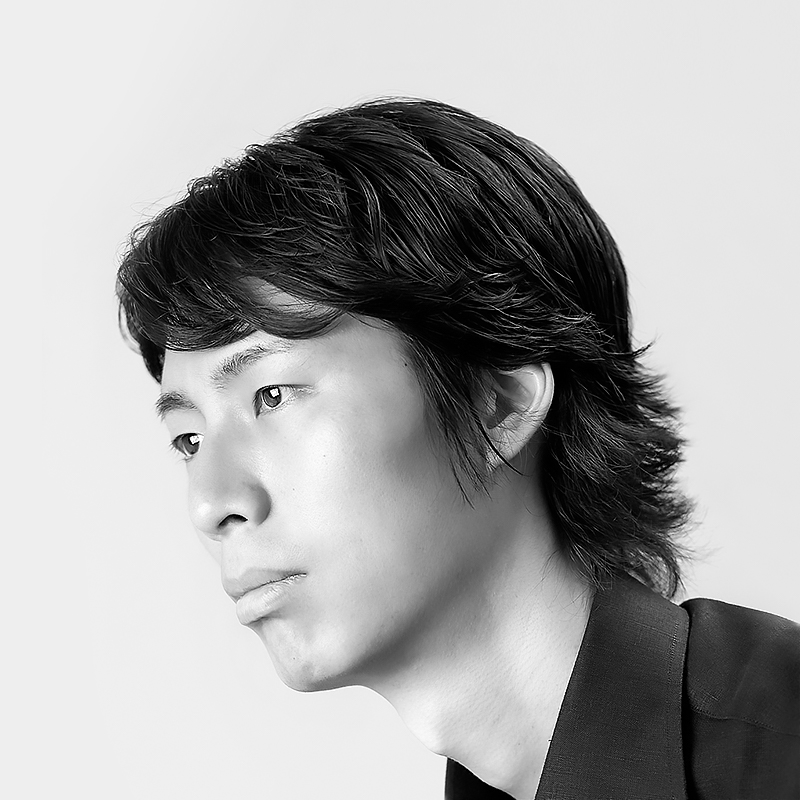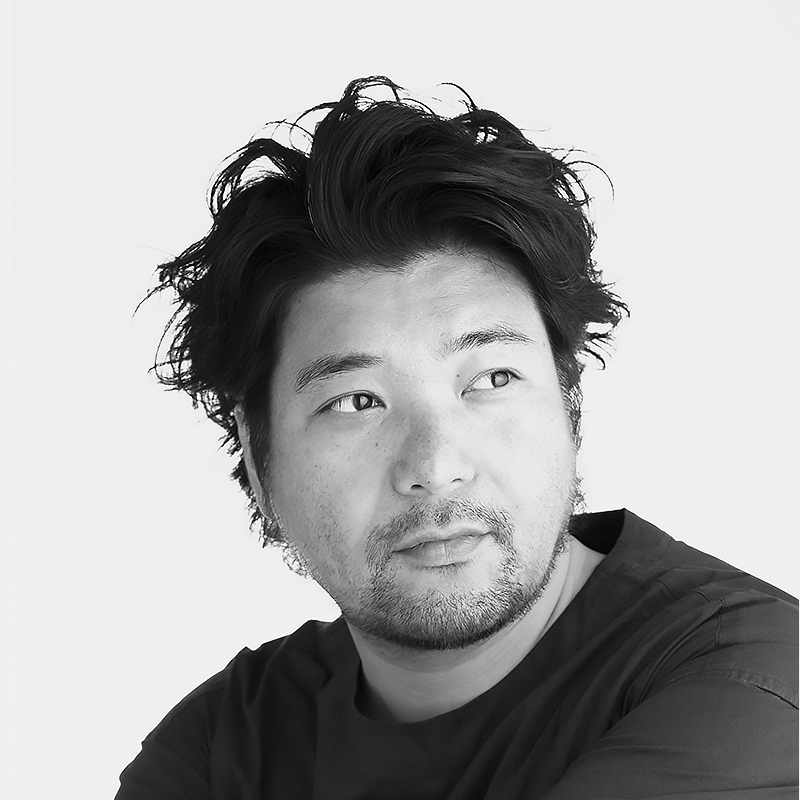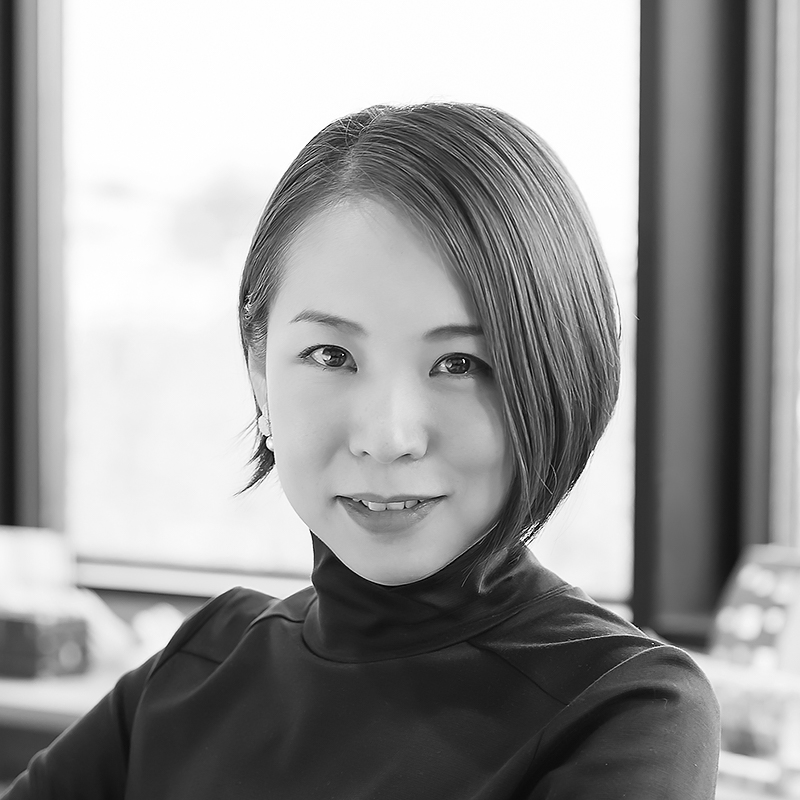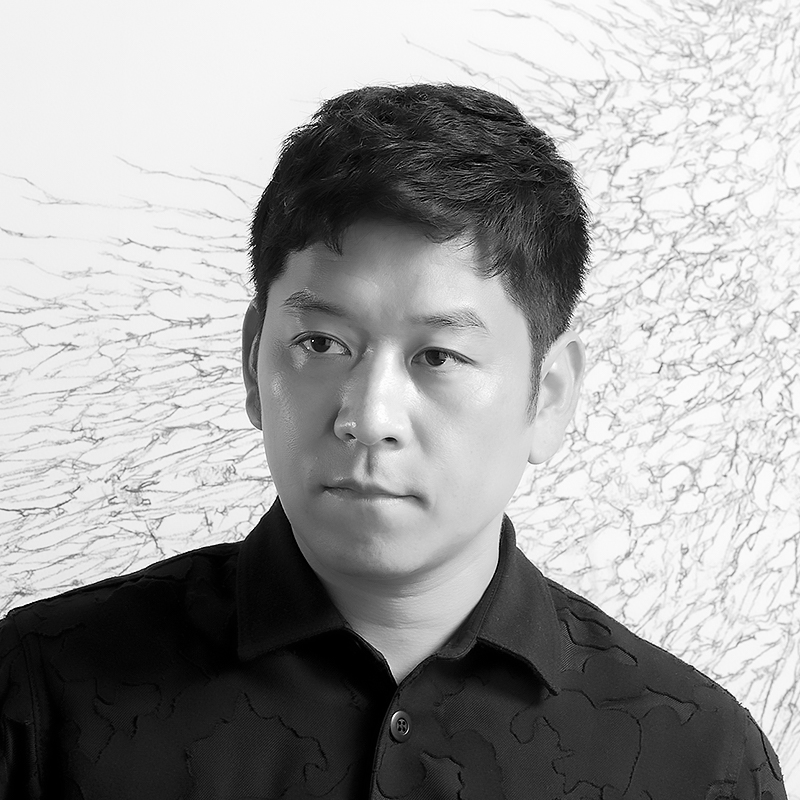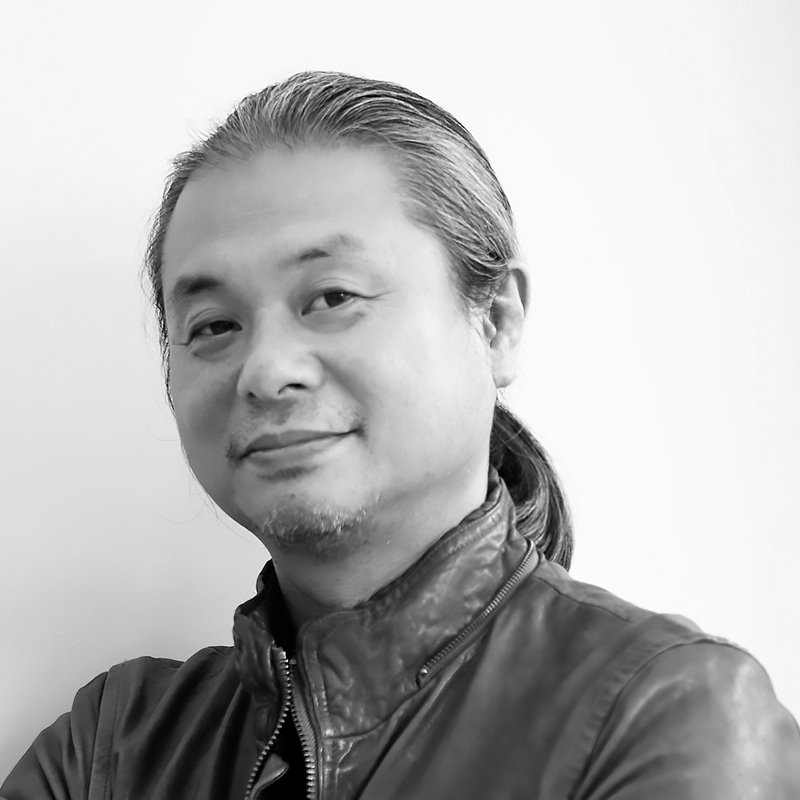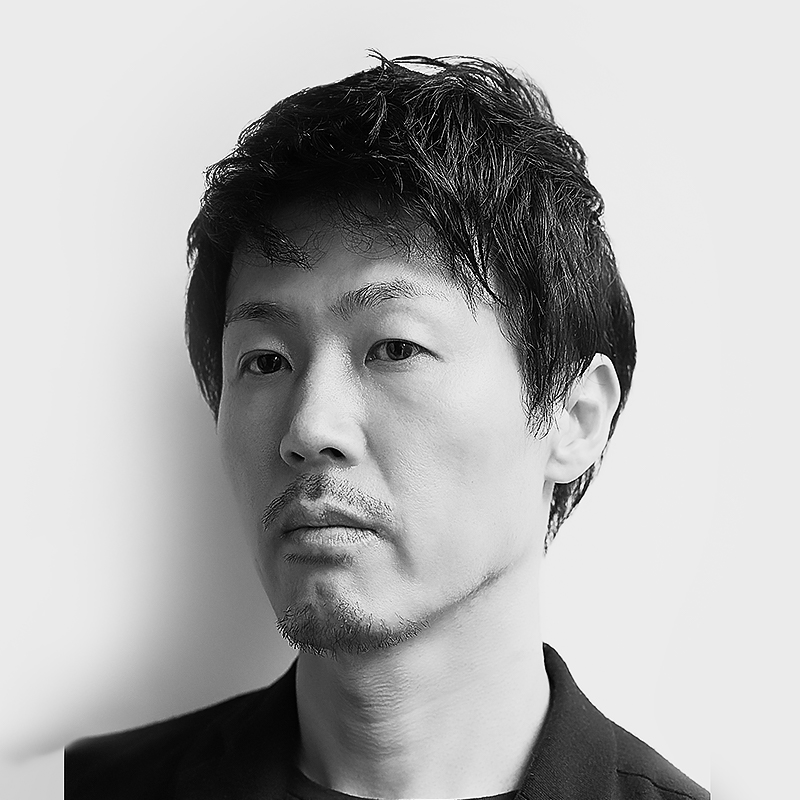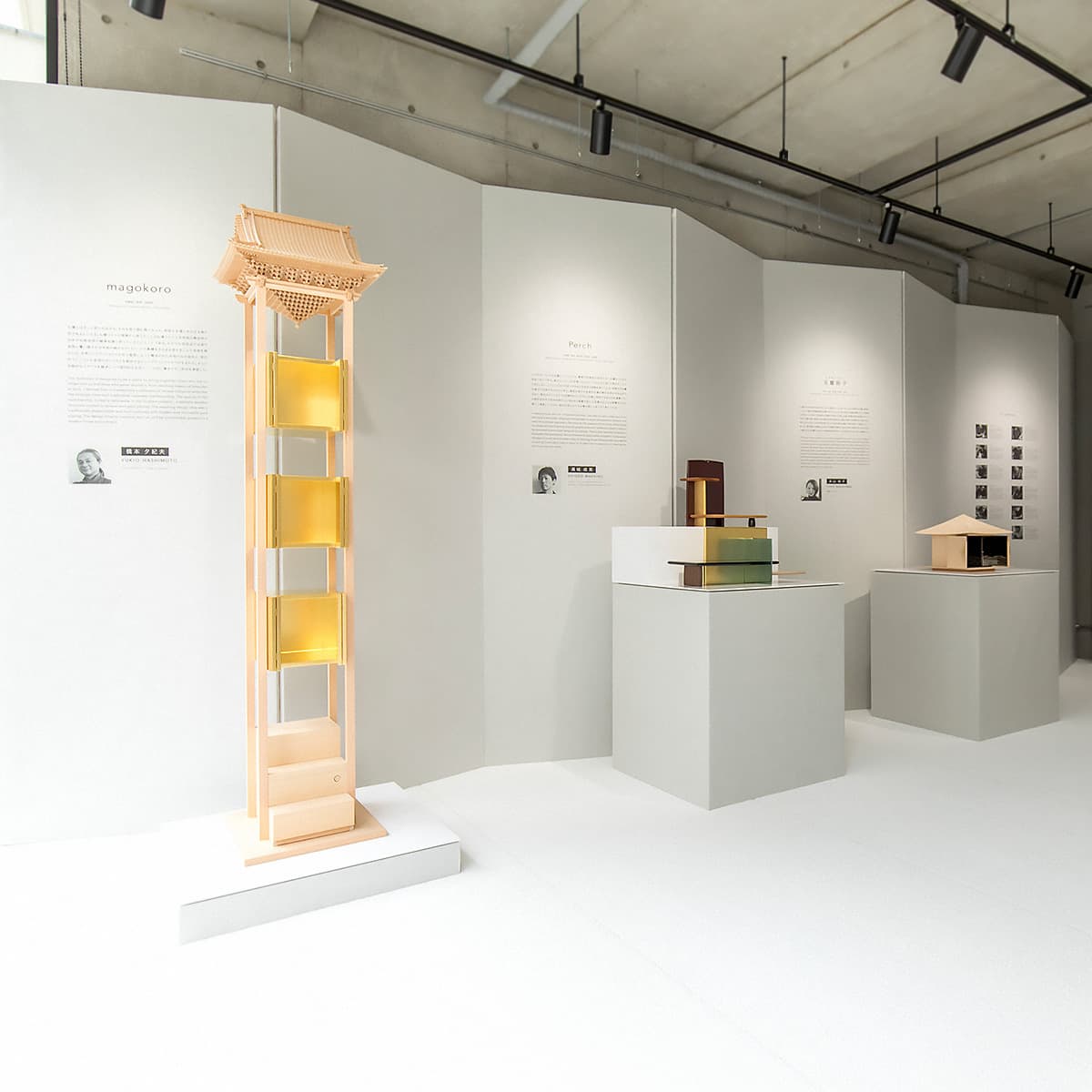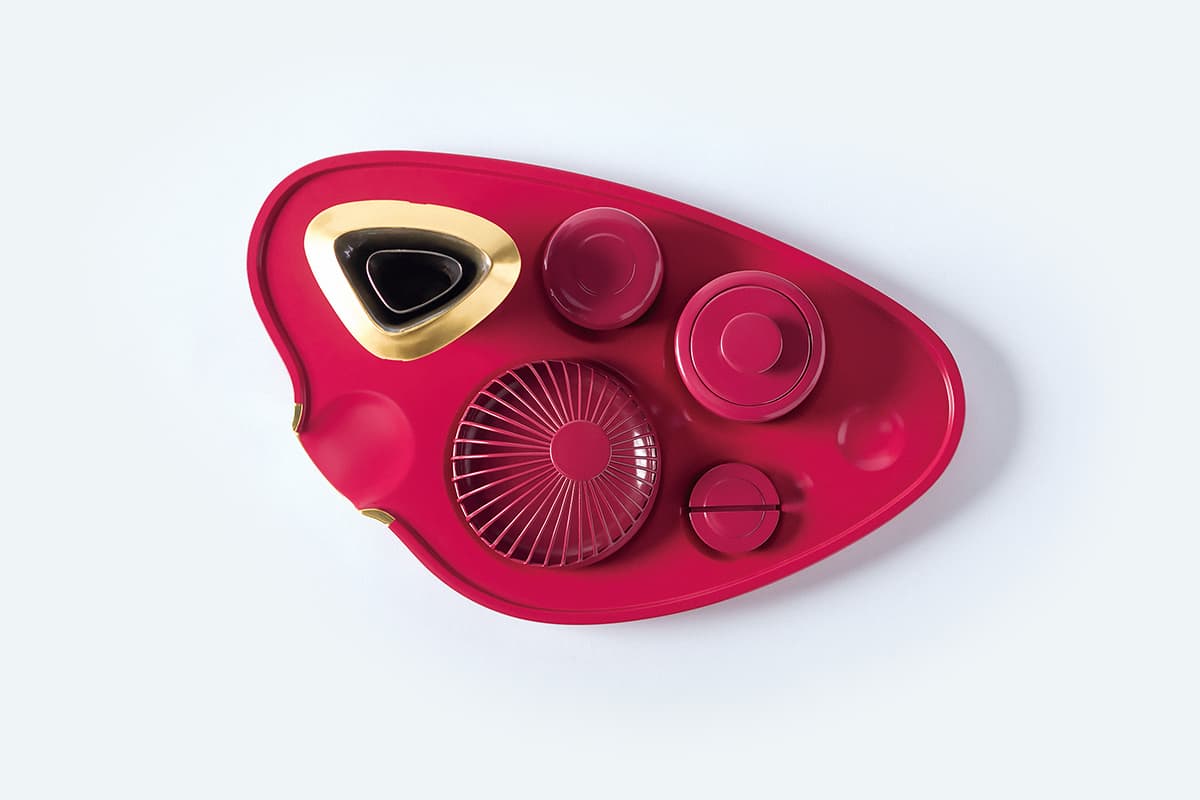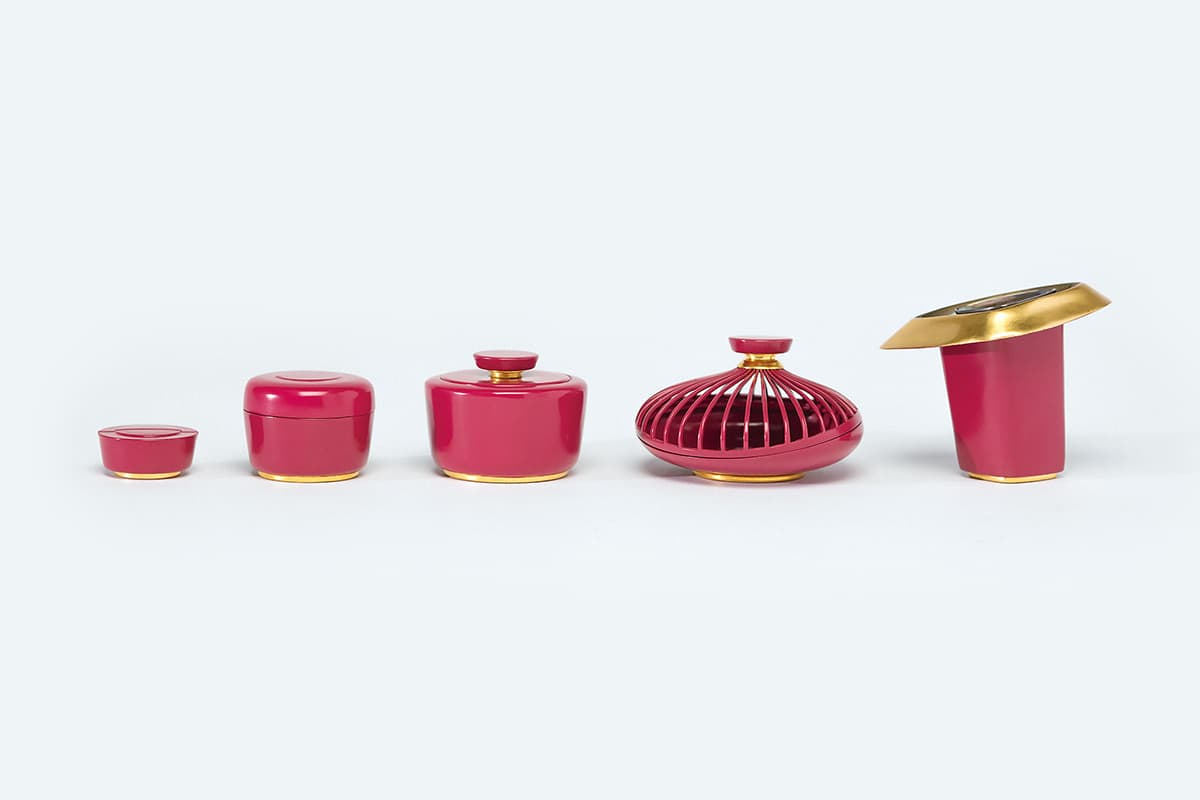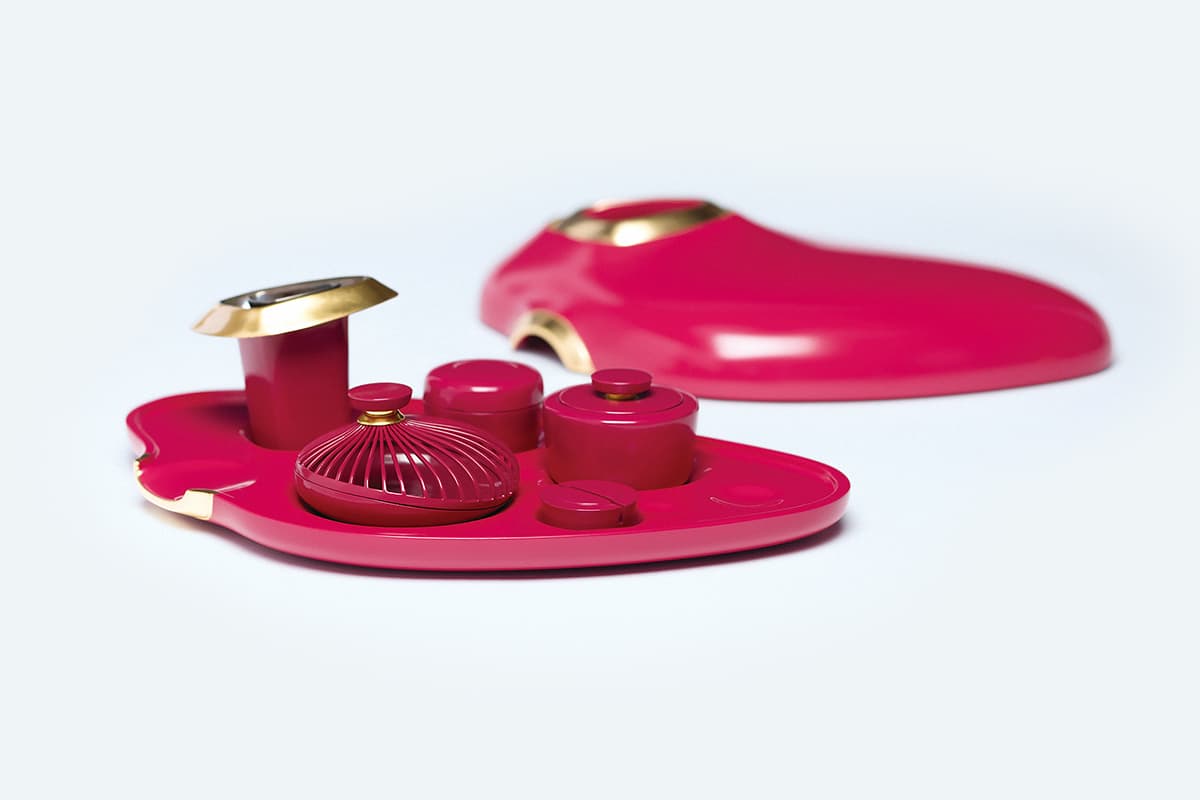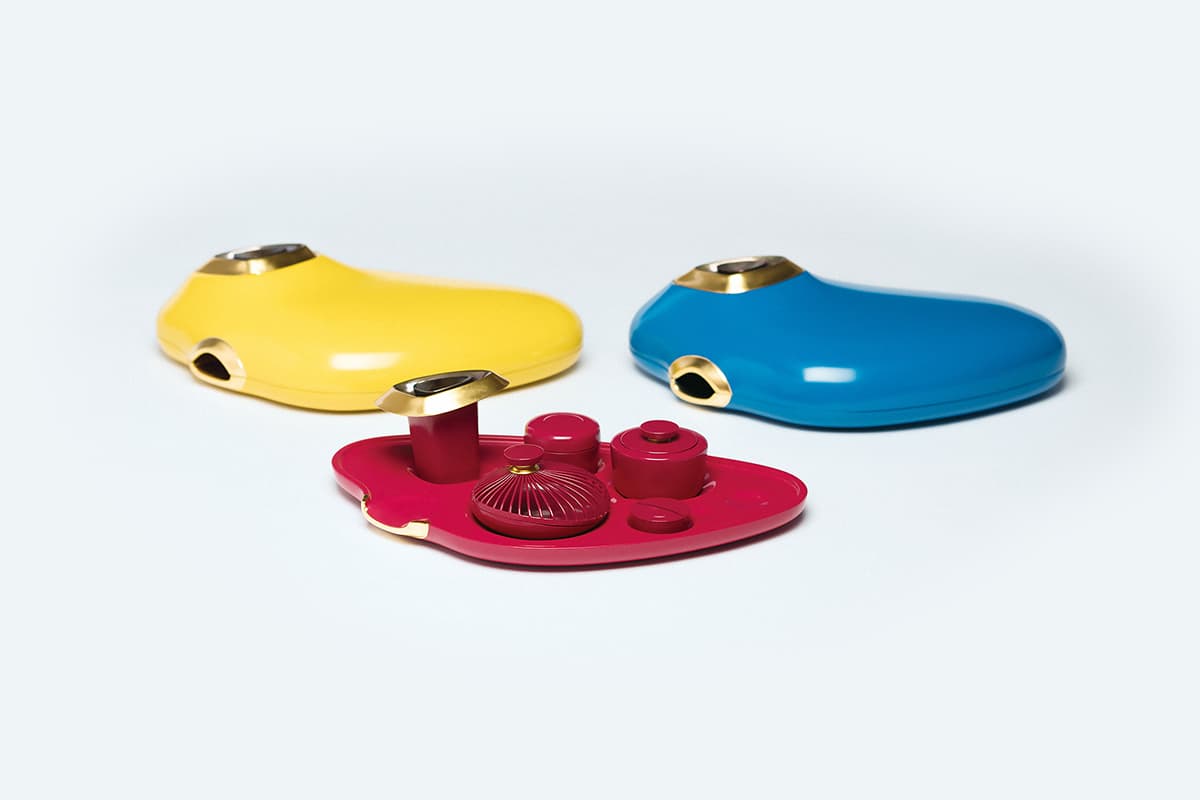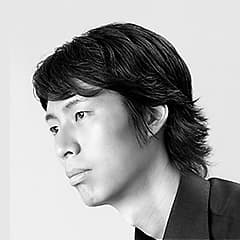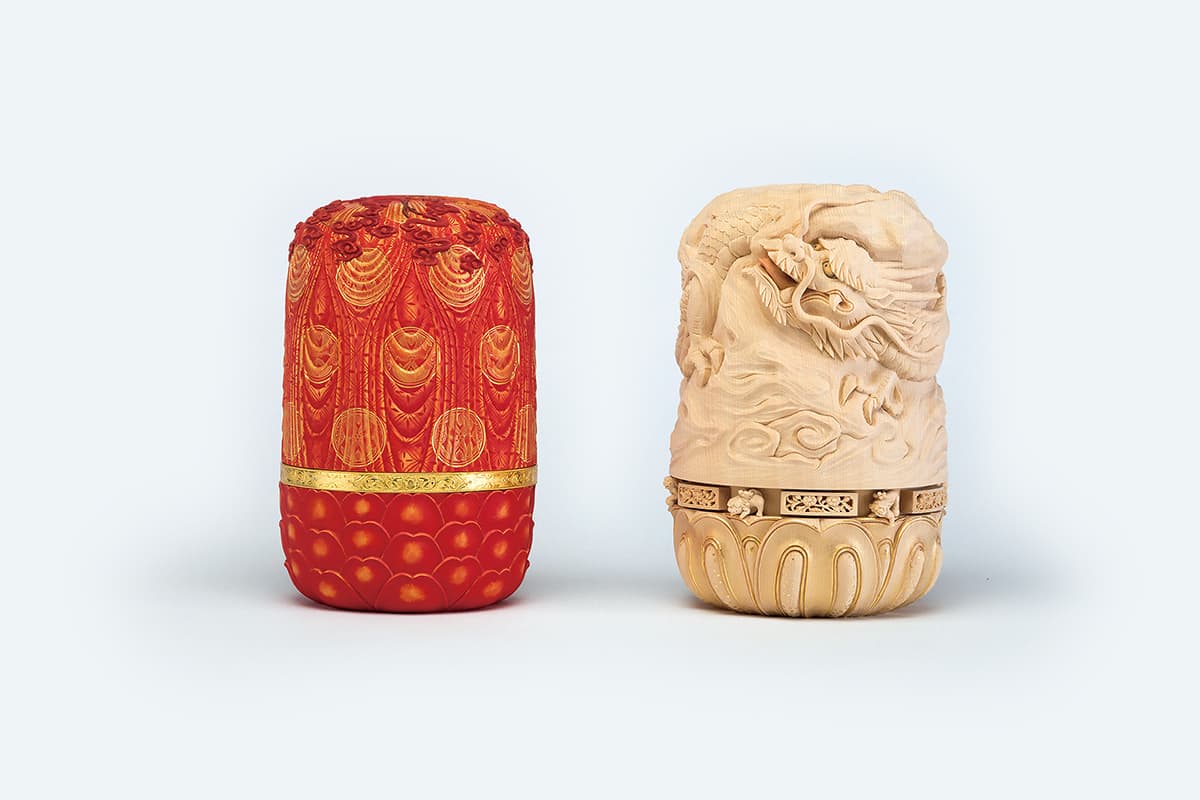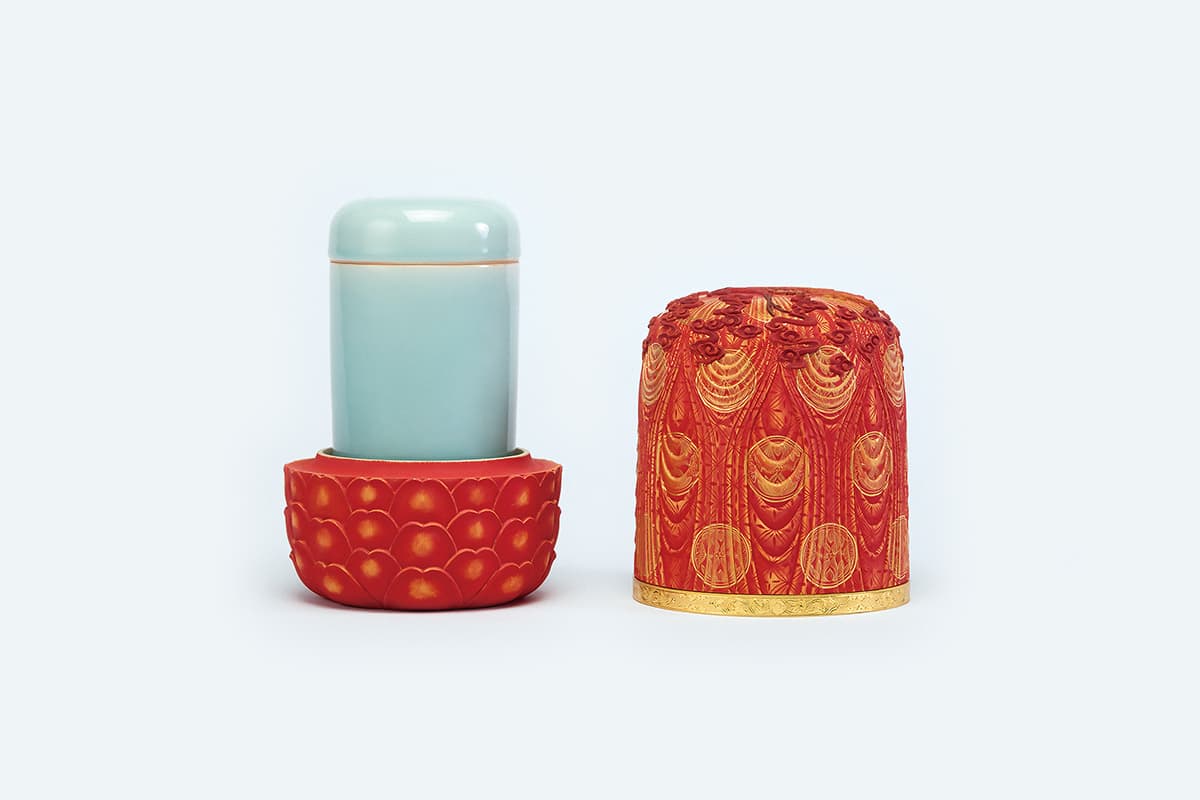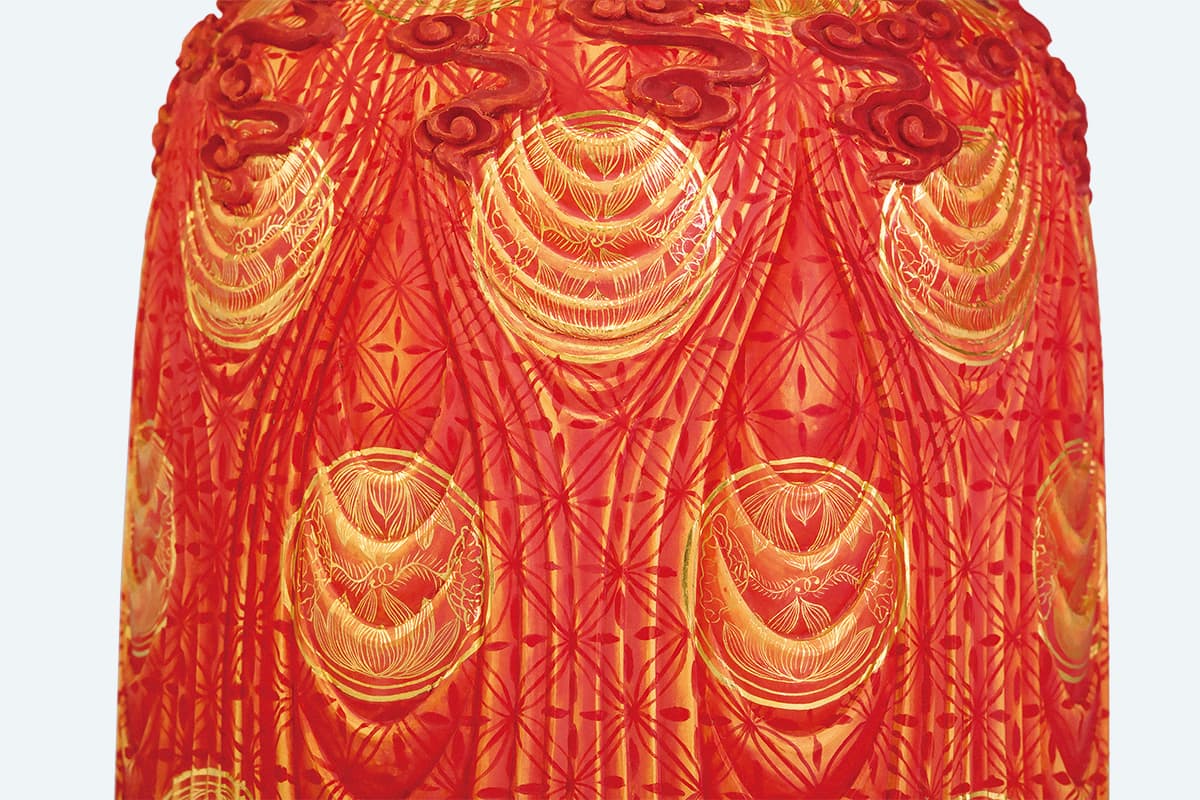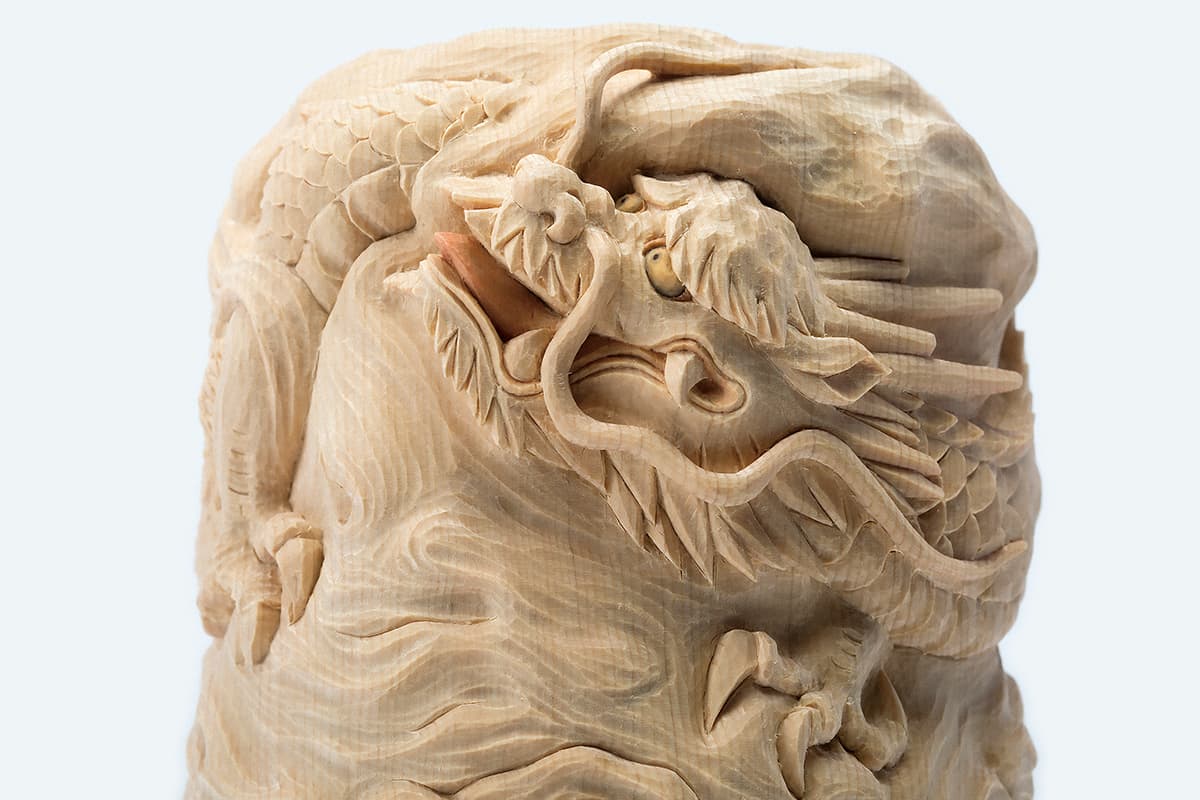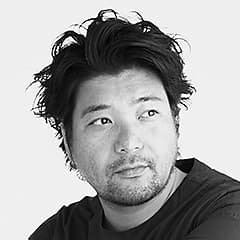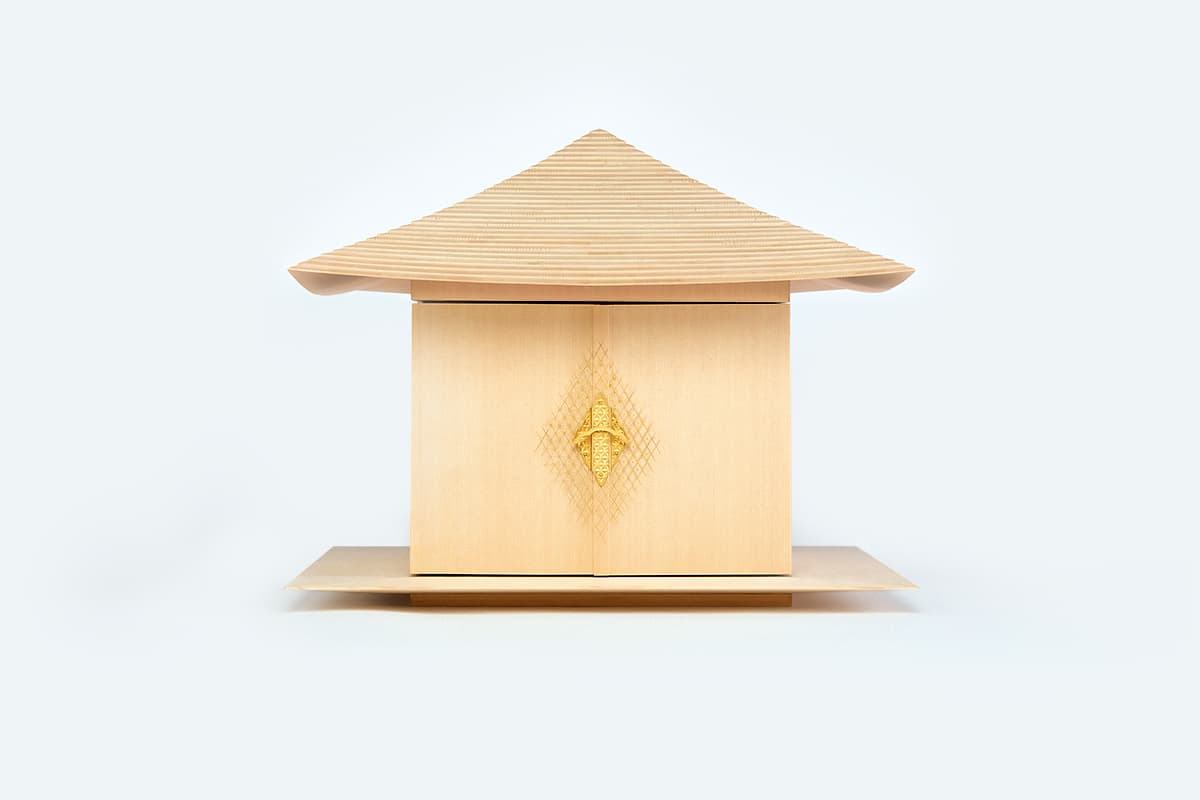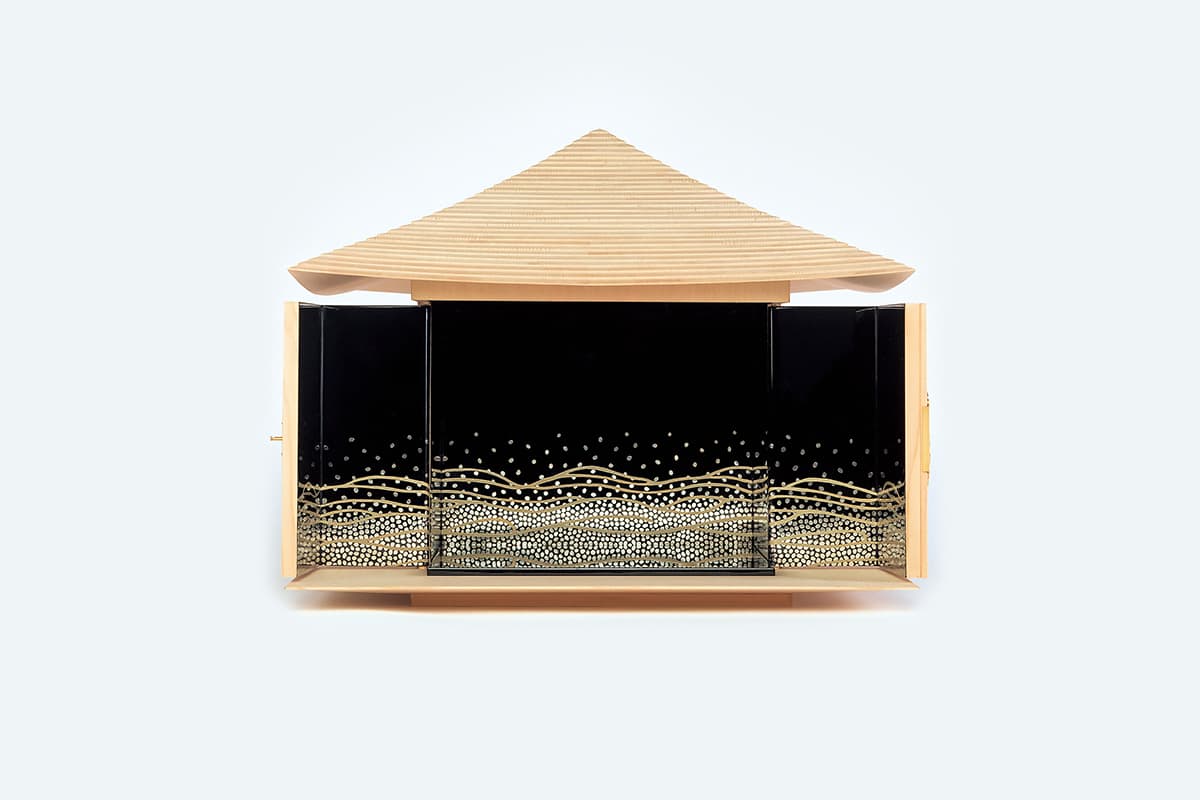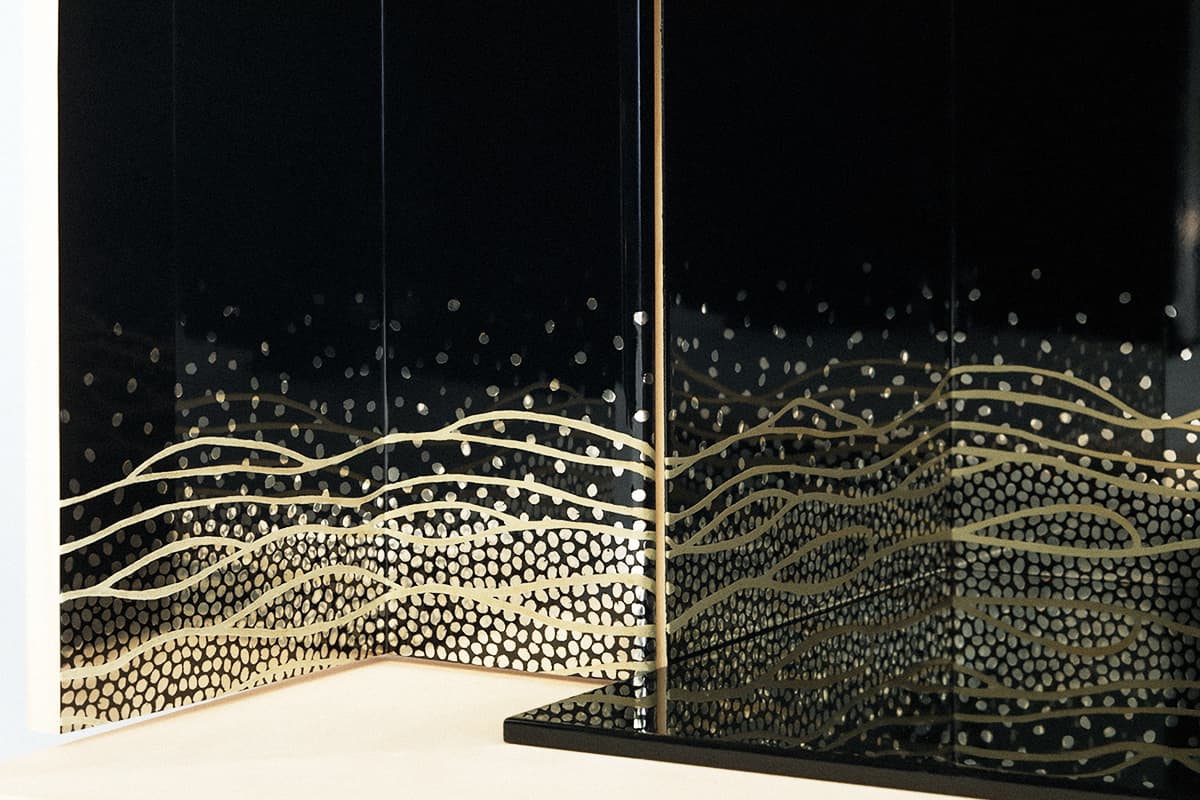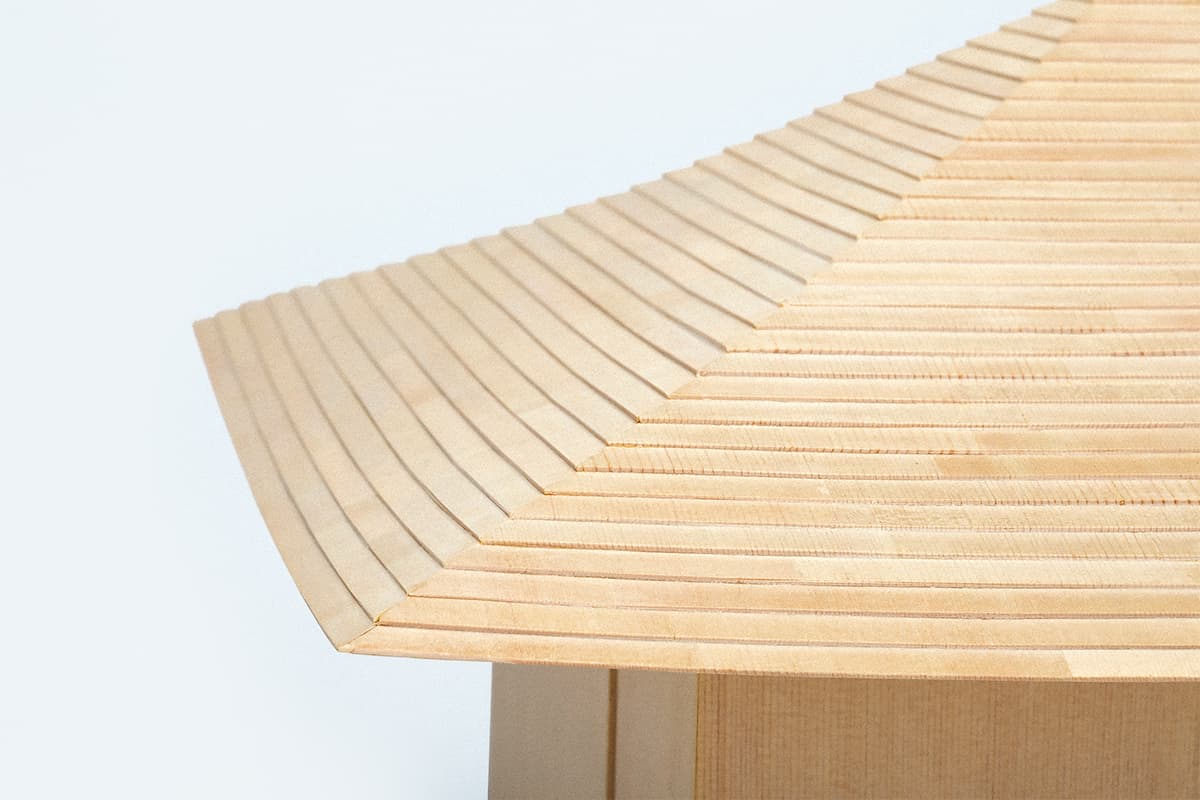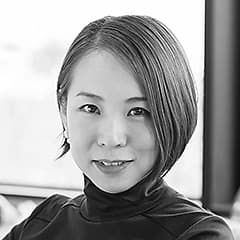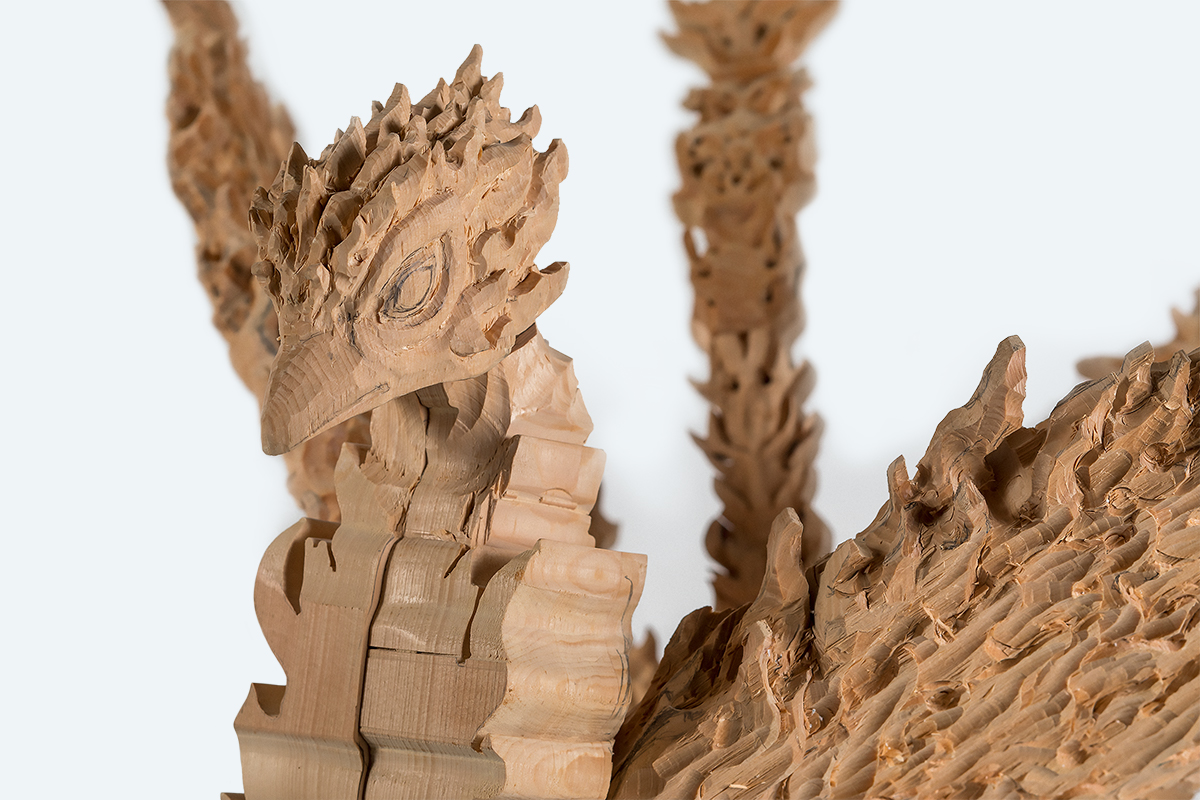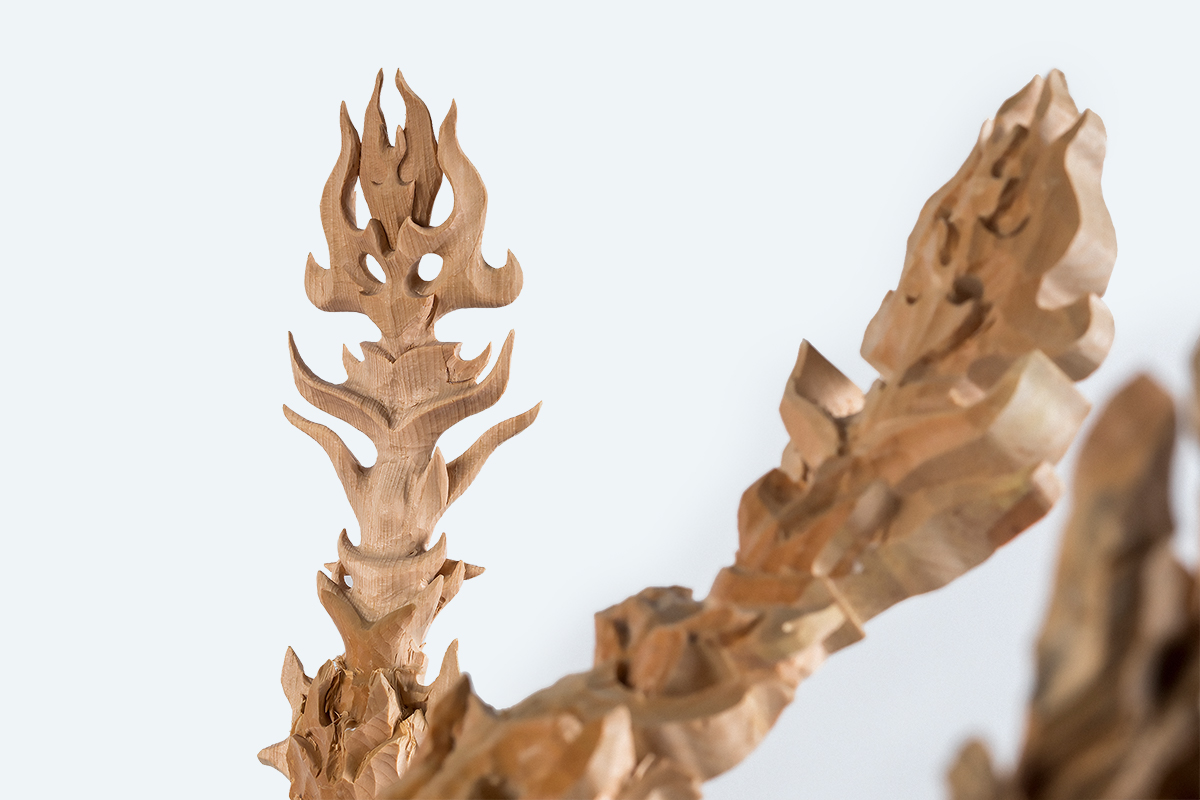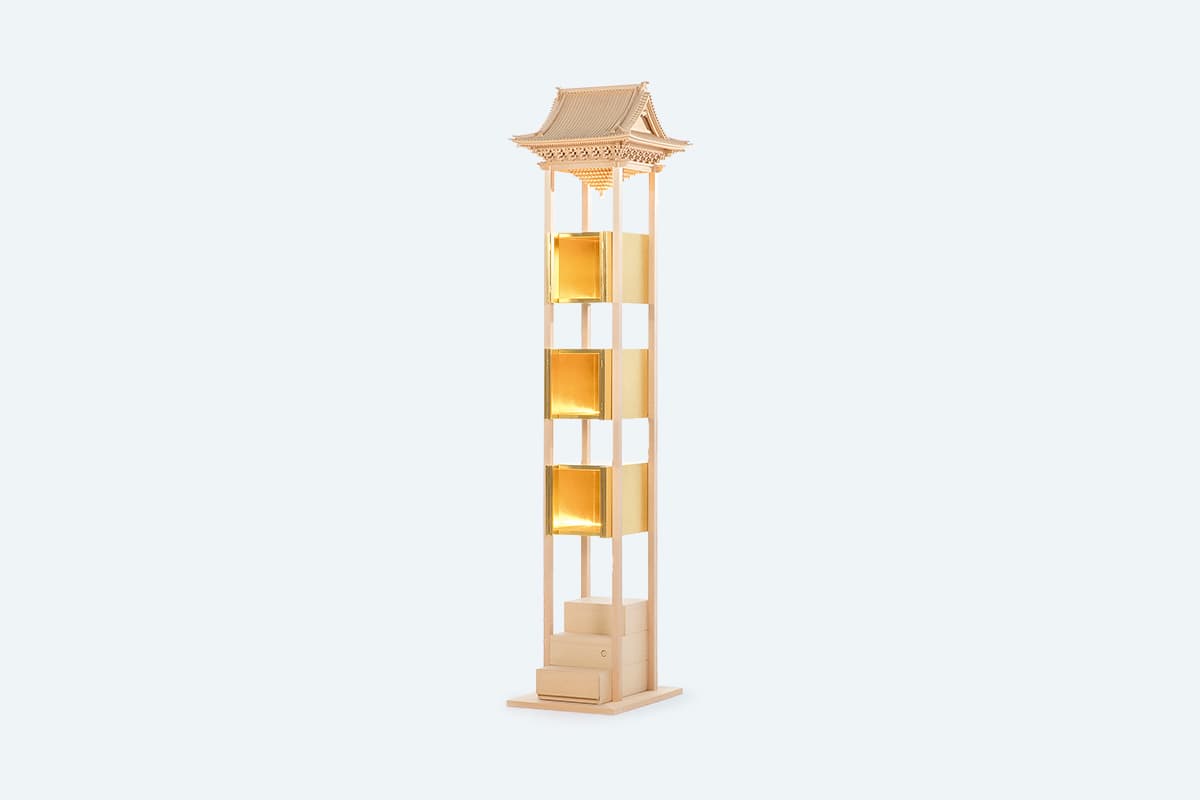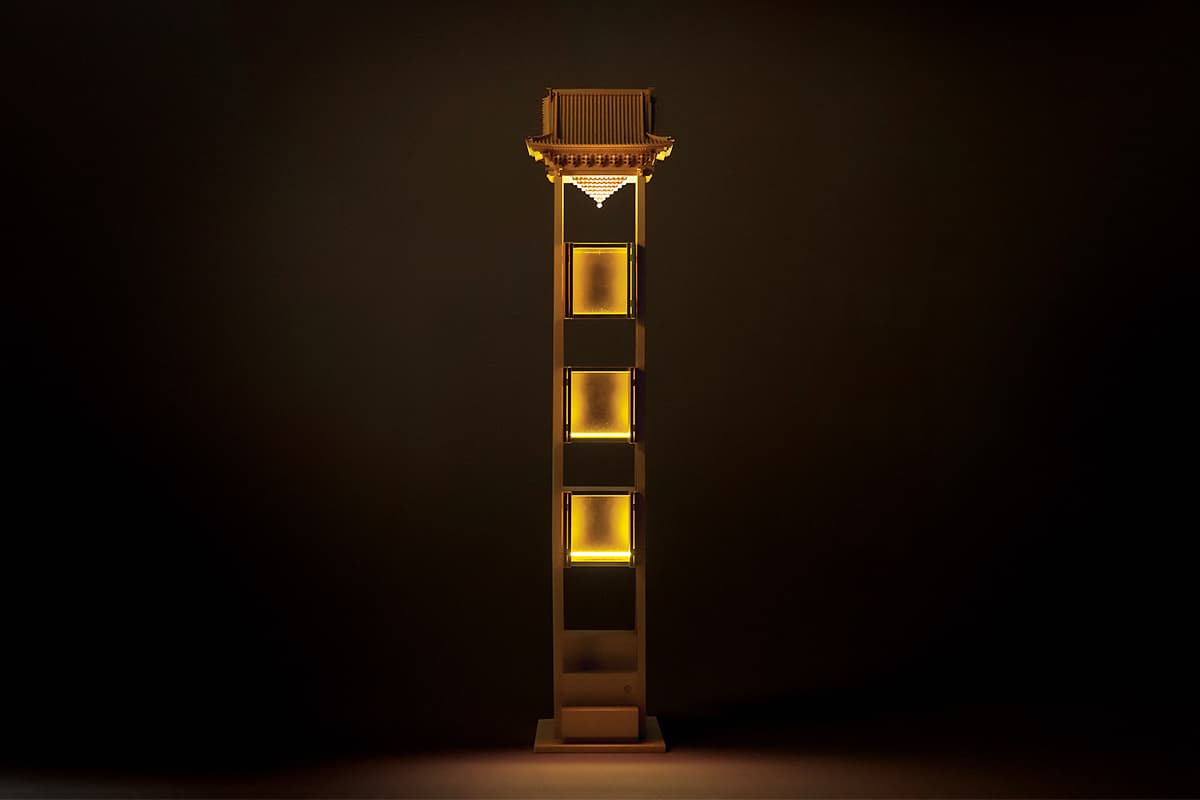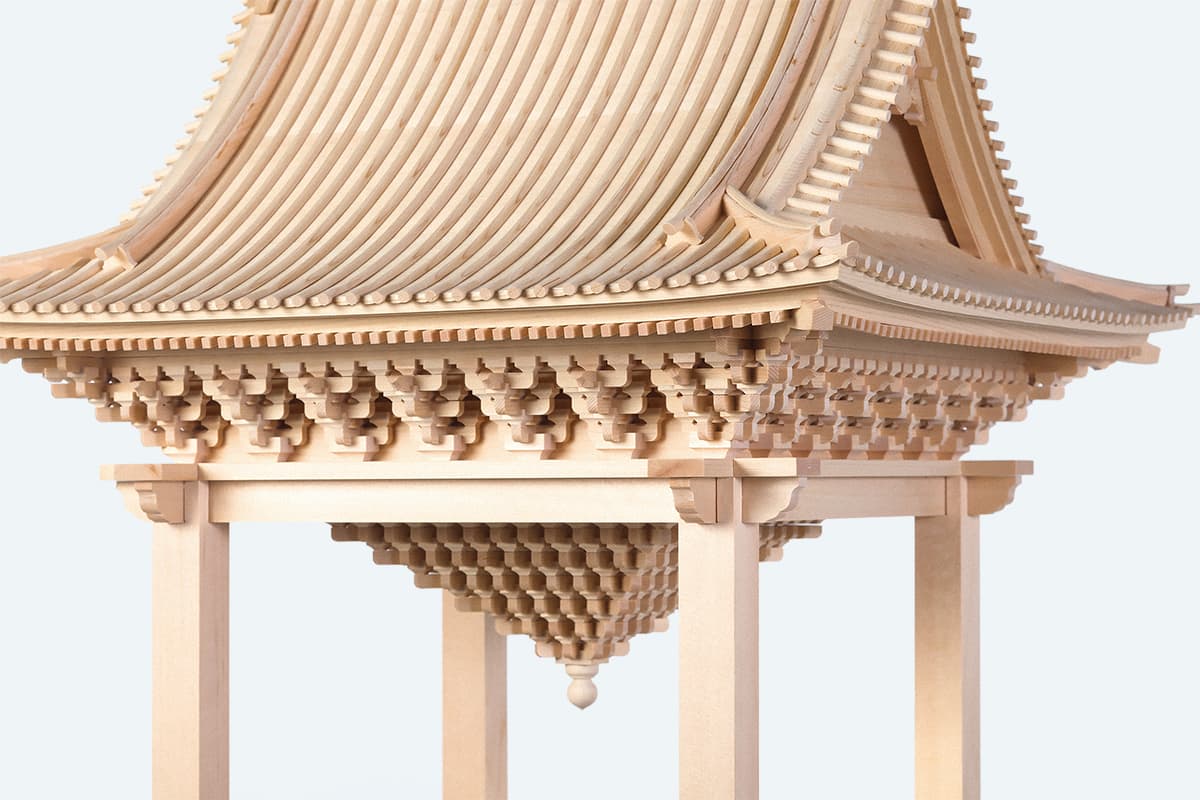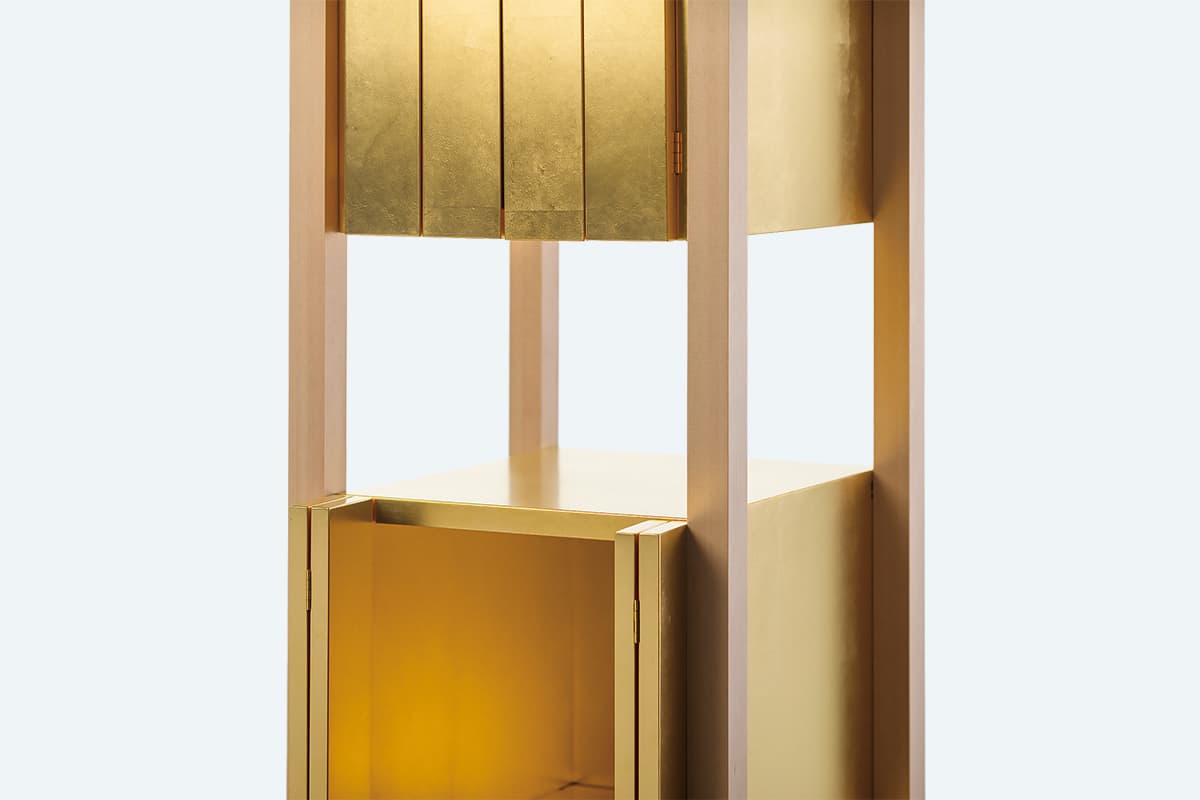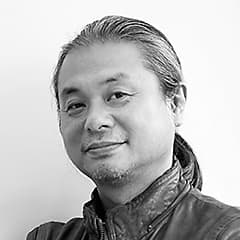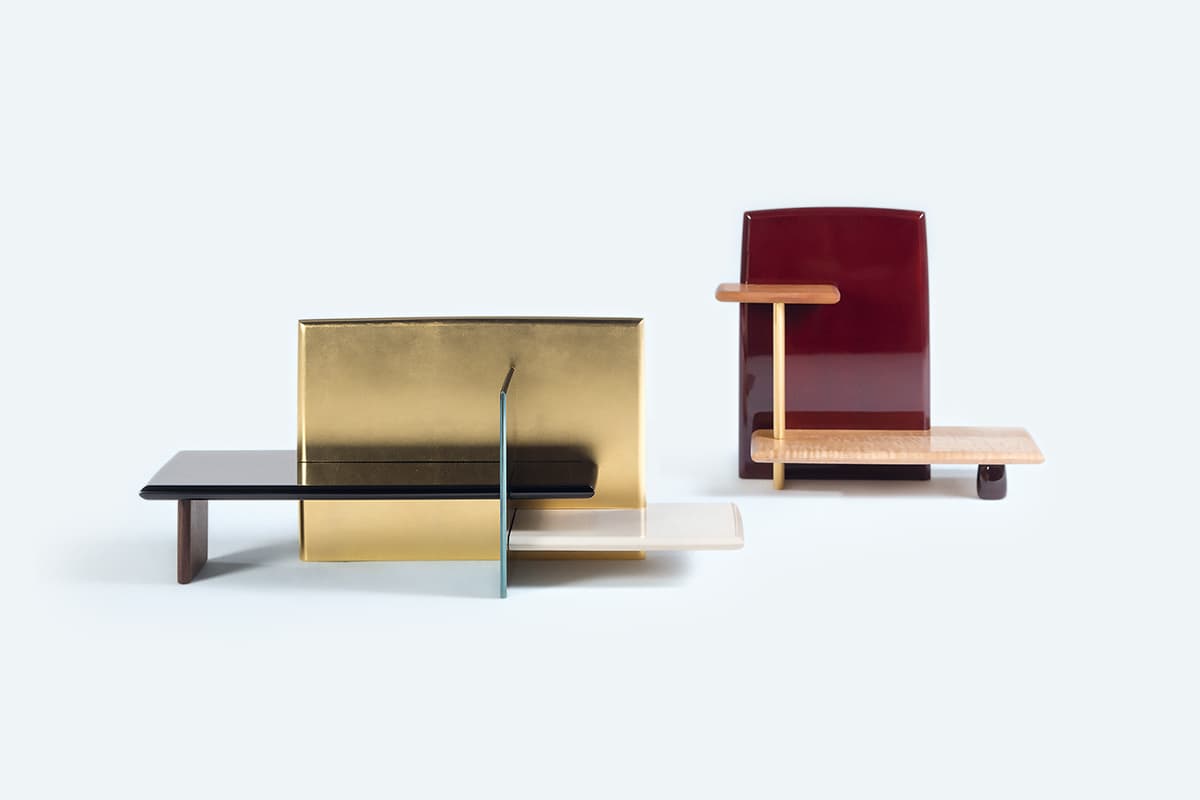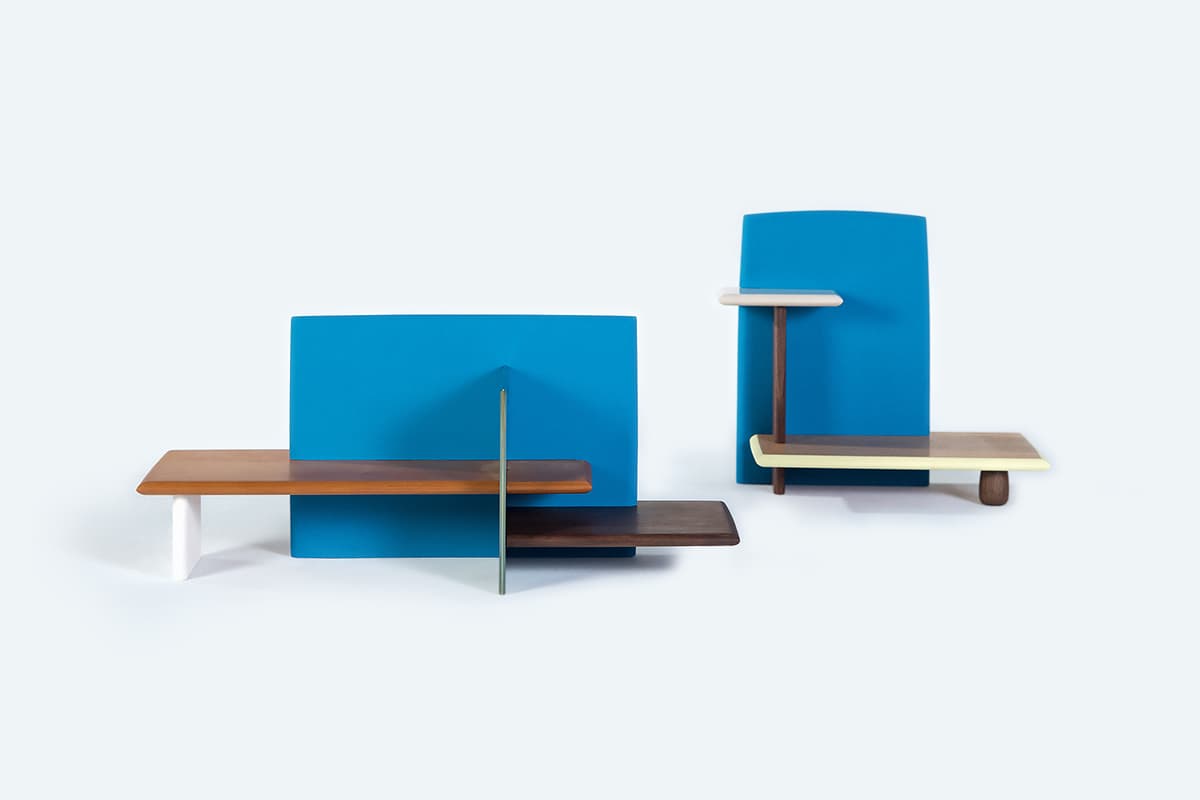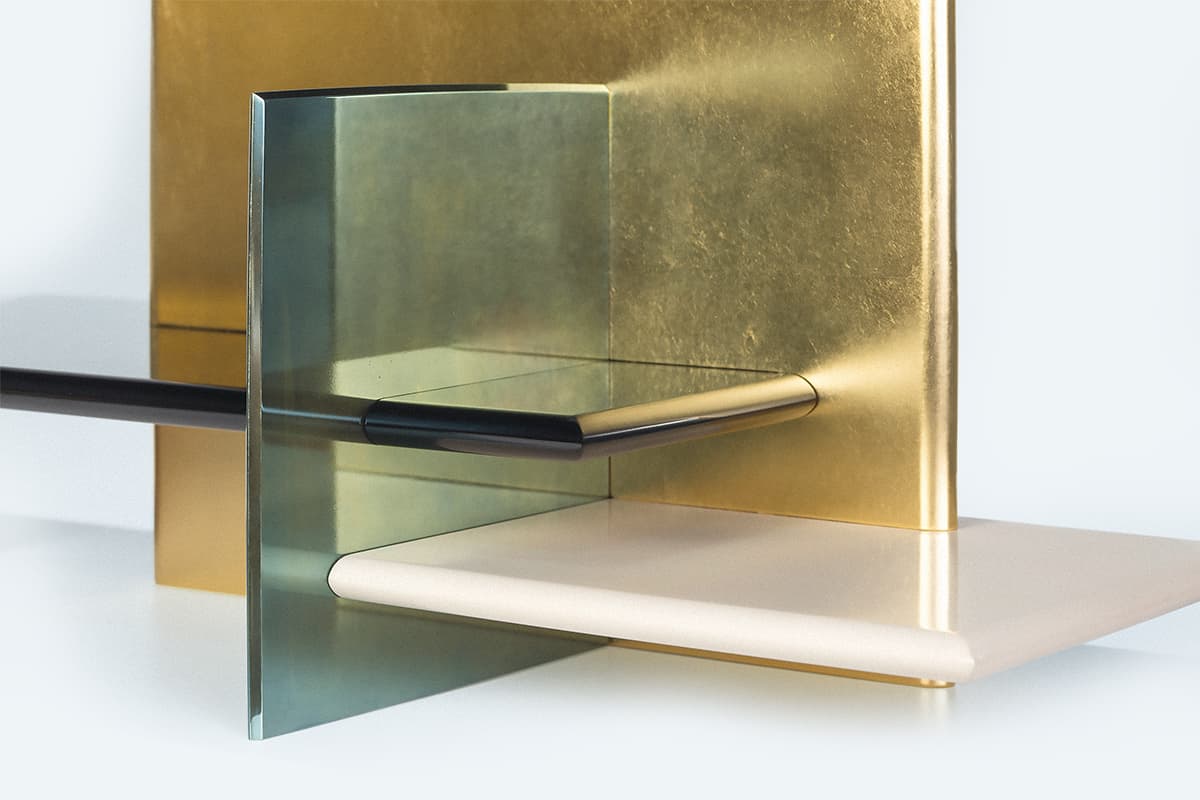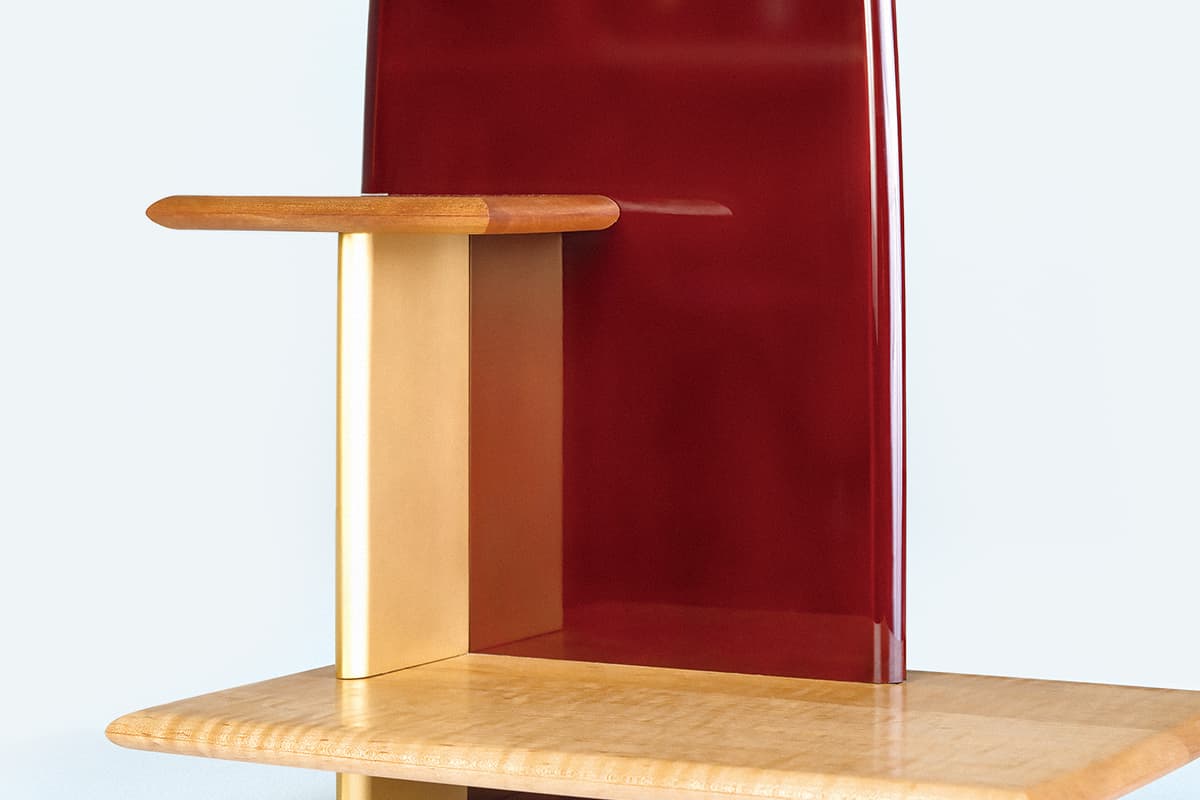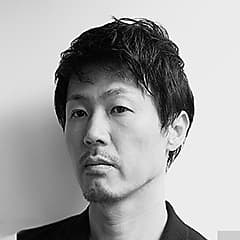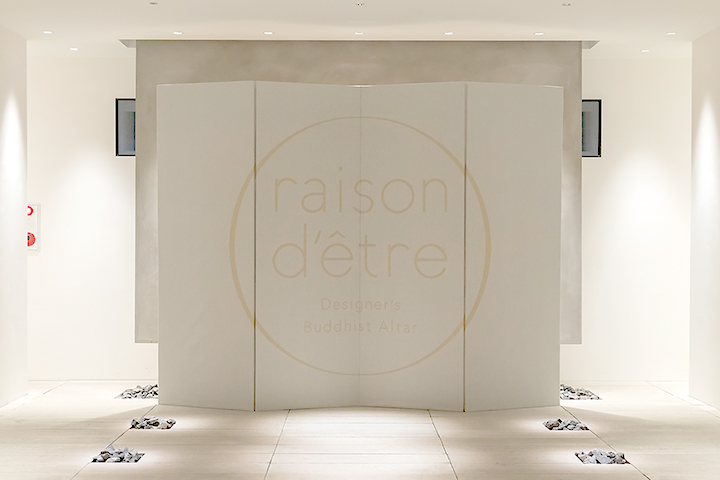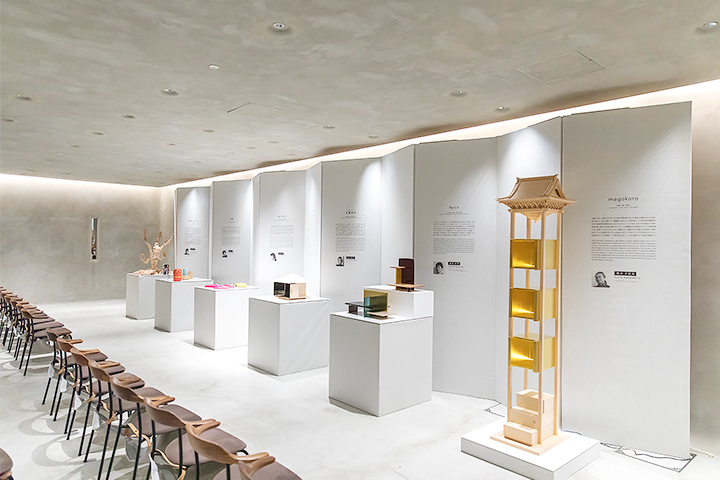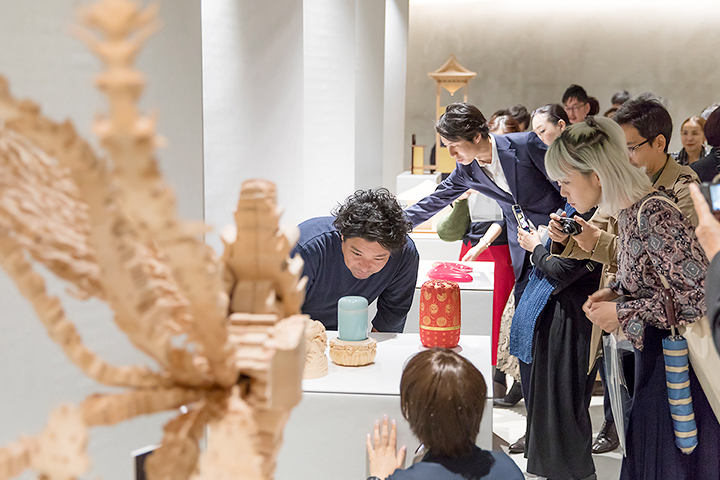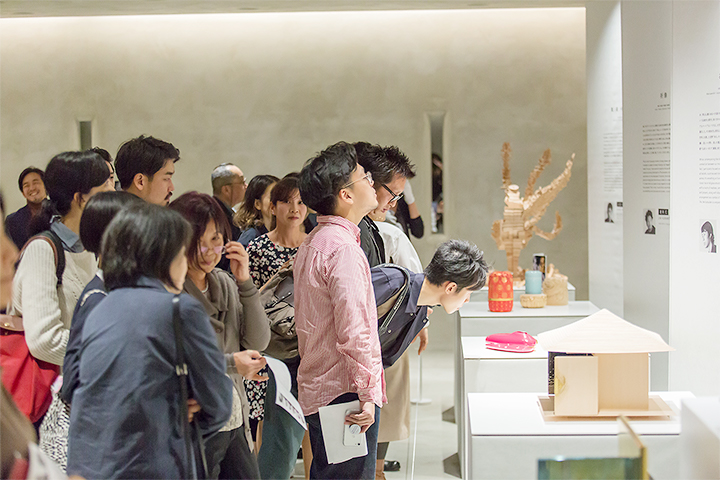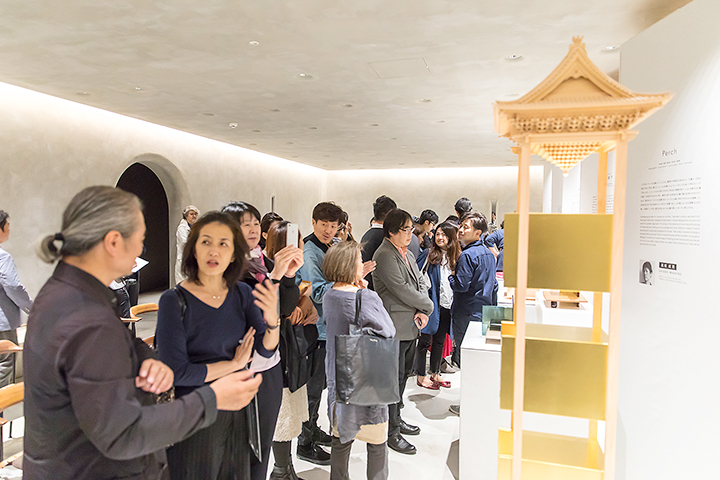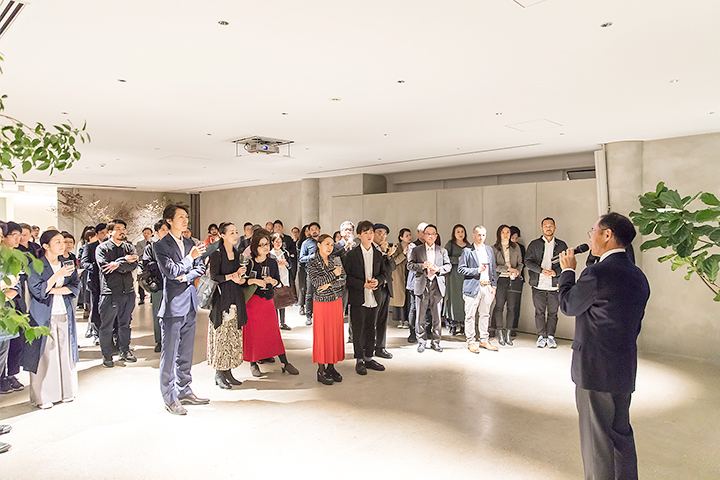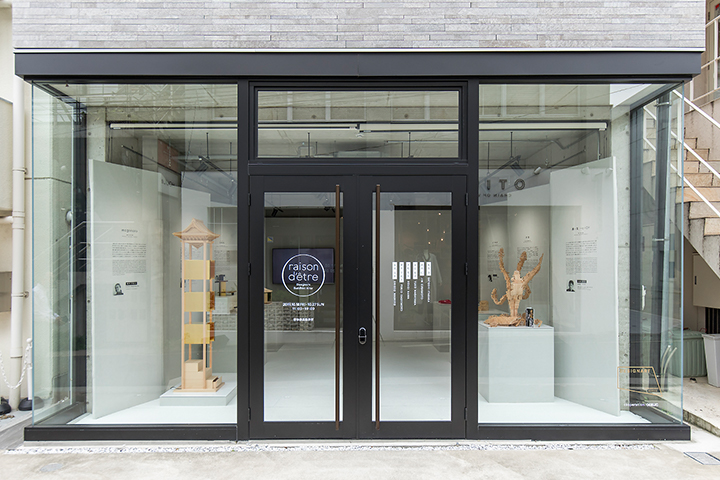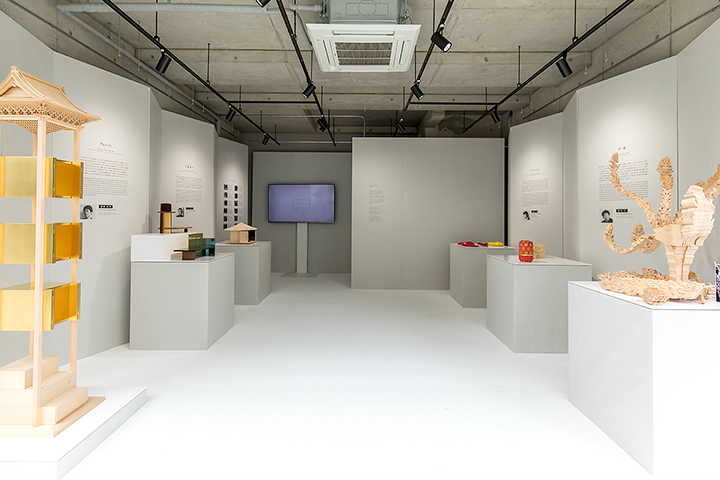We are incorporating multiple traditional craft techniques into the artworks in this project in order to adopt the value of butsudan and the art of craftsmanship in daily life. Like a butsudan at shrines and temples or at a parents house, it is a collective entity made up of various techniques such as Japanese lacquer, gold leaf pressing, metal ornaments, Makie lacquer, coloring, and so on.
What we value the most, when we think about a new butsudan and a form of prayer, is to understand the background of history, culture and techniques that has been handed down from generations to generations, and to transform it into a new style. This project is based on the idea of preserving values that can be inherited and passed on, while at the same time changing with the times.
As a result, the butsudan has three aspects: the architectural aspect, as a miniature temple enshrined in the home; the interior aspect, as a place of gathering in the home; and the object aspect, as a place to lay hands on and pray. We challenged ourselves to reconstruct those three sides. The six artists who are active both domestically and internationally, including an architect, an interior designer, a product designer, a contemporary artist, individually expressed the form of prayer they envisaged based on the value of the butsudan, the value of time spent in prayer, and the value of craftsmanship that should be passed down.
Satoshi Itasaka・Jin Kramoto・Yuko Nagayama・Kohei Nawa・Yukio Hashimoto・Shigeo Mashiro
